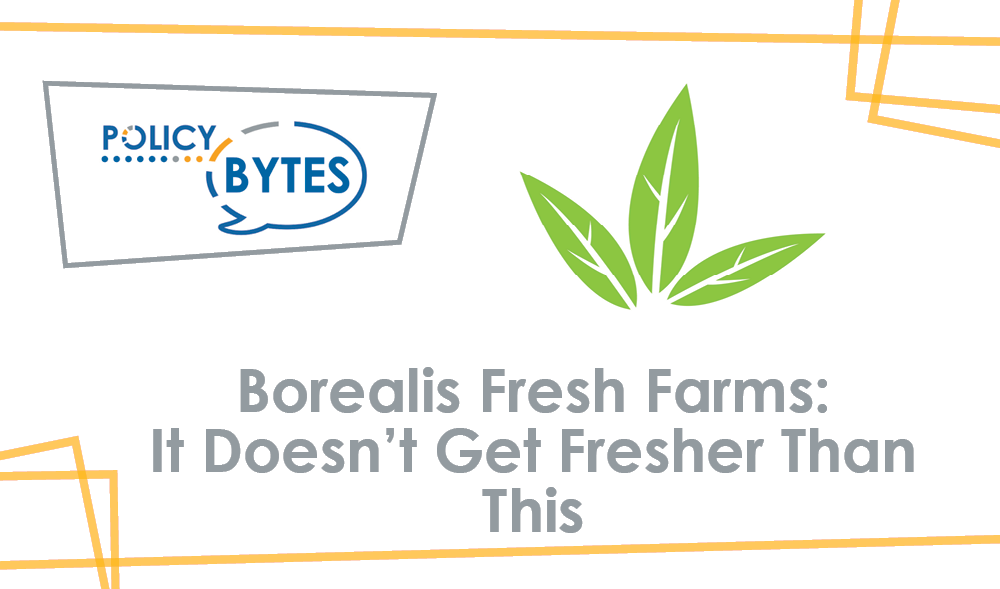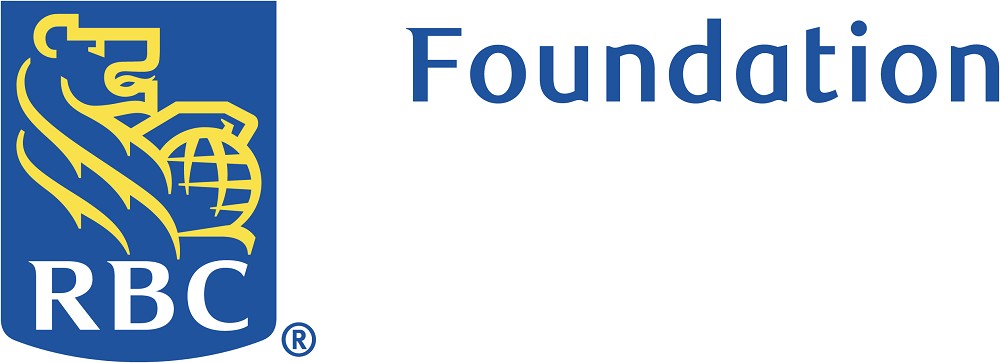Borealis Fresh Farms: It Doesn't Get Fresher Than This
July 3, 2019 - For two years now, Borealis Fresh Farms Inc. (BFF), a hydroponic farming facility co-founded by Marc Rodrigue and Alex Cochrane, has brought and continues to bring nutrient dense produce like kale and collard greens to Timmins and surrounding communities. The company’s remarkable success is evident by the continuous increase in sales and positive feedback from customers.

Hydroponic agriculture uses a mineral nutrient rich solution instead of soil to grow the crops. There are various types of hydroponic techniques but all are based on air tight facilities and automated systems that allow farmers to control and manage optimal humidity, temperature, LED lighting, air circulation, CO2 levels and nutrient solution pH. BFF uses a drip system for its vertical towers to pump the nutrient solution regularly. To grow their seedlings, they use an ebb and flow system, which works by periodically flooding and draining the plant roots with the nutrient solution. Although operations at BFF are automated, Marc expresses that significant manual monitoring is still required to verify proper functioning.
There are attractive environmental benefits of implementing hydroponic farms in Northern Ontario communities. First, they allow for the local production of fresh vegetables, fruits and herbs all year round. This reduces the carbon footprint associated with food miles, which is the amount of fuel used to transport the food from produce to the consumer. In addition, hydroponics uses approximately 13 times less water compared to soil-based agriculture for the same yield because the isolated system reduces evaporation rather than allow the water to run off and drain into the soil. This is important when considering the future availability of fresh water.
Equally important, there are economic advantages to establishing hydroponic facilities in Northern Ontario. An all year supply of fresh produce via hydroponics can help normalize the cost associated with the produce that becomes more expensive in the long winter. Furthermore, the facilities run by locals can bring more jobs in the communities. For example, Borealis Fresh Farms currently has a co-op student helping with operations and working towards getting the farm the Good Agricultural Practice (GAP) certification.
Nevertheless, there are still limitations to hydroponic farming. A study from the School of Sustainable Engineering and the Built Environment found that hydroponics offered 11 times higher yield lettuce but required 82 times more energy compared to lettuce produced using soil-based agriculture. They demonstrated that the circulation pumps, supplemental lighting and heating/cooling systems combined to produce higher energy costs than fuel usage and groundwater pumping in conventional agriculture. Another barrier for implementing more hydroponic facilities is the high startup costs. Marc plans to work with post-secondary institutions to research on passive and active strategies that can help reduce power consumption, one of which would be solar power.
The provincial and federal governments and companies such as the Growcer are promoting hydroponics as part of the solution for ensuring food security in Northern communities. However, there are concerns from the Northern Farm Training Institute that the government is pouring too much money into supporting hydroponics and other indoor growing facilities that do not produce high caloric produce needed to address food insecurity. Although, controversy remains about this argument because kale and other leaf vegetables are high in protein and micronutrients such as vitamins, minerals, dietary fiber and antioxidants, which suggests that they are a viable and sustainable food source. Besides, hydroponically produced vegetables are more nutritious compared to the processed foods available in food deserts. If investments go into worthy projects built with constant feedback and validation, hydroponics can definitely play an important role in reducing food insecurity.
At the same time, it is important to consider food sovereignty when tackling food insecurity in Northern Ontario such as in Indigenous communities. In a study conducted in Sioux Lookout, First Nations community members stated it was important to gain more access to wild foods and regain traditional knowledge and food skills in addition to tackling food costs, availability, affordability and quality.
Between 2007 and 2013, 61 percent of people in Northern Ontario reported themselves as obese compared to 53 percent of people in Ontario as a whole.[i] This and other studies looking at the types of food available and affordable in the north suggest there is a link between obesity and food insecurity in Northern Ontario communities. Given this, hydroponics can help provide a diet rich in vegetables and fruits, which has shown to help protect against chronic diseases like obesity, diabetes and cardiovascular diseases. Another health conscious advantage of hydroponics is that the system does not use herbicides and pesticides. Pesticides can contaminate ground water near farms and this can pose a threat to the health of the farmers.[ii]
Borealis Fresh Farms is currently selling three types of kale, Joi Choi, collard greens and herbs. In the future, they plan to add different types of lettuces. Additionally, Marc and Alex are currently setting up their newly bought equipment to produce 10 different types of microgreens, another nutrient rich crop. Finally, just this past February, they expanded the size of their farm to increase yields and diversify the type of produce grown. Their produce can be bought at some local locations; grocery stores, farmers markets and restaurants and can be purchased online.
Marc and Alex envision expanding access to their produce to more distant communities. Furthermore, they are eager to continue to research and optimize this project to be able to help others start up their own facility. Indeed, through agri-tech businesses like BFF, the North can help tackle food security, boost the local economy and bring delicious and nutrient rich produce to Timmins and surrounding communities.
[i] Author’s calculations. Statistics Canada, Canadian Community Health Survey (CCHS). Table 13-10-0452-01.
[ii] There are a variety of factors, both pertaining to pesticides themselves, as well as externally, that can determine the effects of pesticides.
Write for us
Maia Kvas is a Summer Data Analyst at NPI.
Thank you to our Experience North Sponsor 
The content of Northern Policy Institute’s blog is for general information and use. The views expressed in this blog are those of the author and do not necessarily reflect the opinions of Northern Policy Institute, its Board of Directors or its supporters. The authors take full responsibility for the accuracy and completeness of their respective blog posts. Northern Policy Institute will not be liable for any errors or omissions in this information, nor will Northern Policy Institute be liable for any detriment caused from the display or use of this information. Any links to other websites do not imply endorsement, nor is Northern Policy Institute responsible for the content of the linked websites.
Northern Policy Institute welcomes your feedback and comments. Please keep comments to under 500 words. Any submission that uses profane, derogatory, hateful, or threatening language will not be posted. Please keep your comments on topic and relevant to the subject matter presented in the blog. If you are presenting a rebuttal or counter-argument, please provide your evidence and sources. Northern Policy Institute reserves the right to deny any comments or feedback submitted to www.northernpolicy.ca that do not adhere to these guidelines.
